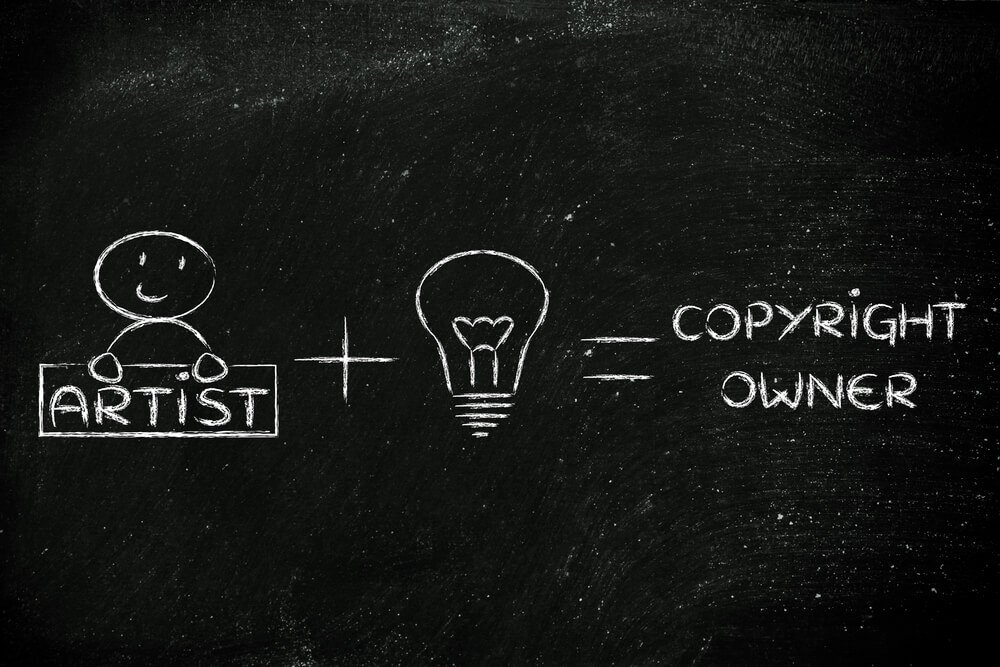Photos, graphics, and video clips have a way of bringing a presentation to life. With so many resources just a click away, never has it been easier to add in a well-placed photo or embed a video. Unfortunately, it is also easier than ever to unknowingly infringe upon someone else’s copyright. Whether you are checking that your speakers are copyright compliant or preparing a presentation yourself, keep in mind these common misconceptions.
Please note: We’re not attorneys. Our goal is to simply provide you with some insights into possible ways that images and photos can cause problems if you don’t take the proper precautions. Always seek the advice of licensed legal counsel for copyright questions.
Google Images
Google Images certainly provides the easiest way to find whatever image you might be looking for to add visual interest. However, just because they have been indexed by Google doesn’t mean they are in the public domain. Most photos in a given search are almost always copyrighted images. Even if you do use an advanced search for free images, this search does not guarantee that the images are free of copyright. Instead of taking images directly off Google you will need to trace them back to their original source and request permission. As this can be quite time-consuming, a better alternative is to purchase images from a royalty-free stock photography source or create your own by hiring a photographer or taking candid shots yourself.
Creative Commons
Many mistakes stem from misused photos under a Creative Commons License. Although Creative Commons allows free use of materials, there are still terms that must be abided by. Some mistakenly assume that these photos are devoid of any conditions.1 If you do choose to use a Creative Commons photo, make sure the publisher of the photo is the legal owner of it. One company faced a lawsuit after using a Creative Commons image only to find that it had been posted illegally and was actually a copyrighted image illegally obtained and used.2
Stock Photography Sources
Resources such as despositphotos.com offer a safe option for images, illustrations, and stock video footage. Yet, even while using stock photography sources, you still need to exercise caution. Many users mistakenly assume that once the image is paid for it can be used however they wish. Make sure to check your license for conditions of use, especially if you are planning on printing or distributing your presentation. For example, some licenses limit photo or video usage for editorial purposes only. Other licenses may restrict when and where photos or videos can be used, such as on a website or in social media, but not for paid events. And yet other licenses may allow the use of photos or images for marketing purposes but may require a different license if the photo or image is to be used for promotion, profit, or resell. Some examples of promotion, profit or resale include book covers, logos, bags, banners, etc.
Memes
Memes are captioned photos that are intended to be humorous and poke fun at the way that humans interact with each other. While your audience may enjoy viewing these, especially if they feature famous movies, characters, reality stars, or movie or TV actors, these typically infringe on copyrighted material. Often the image itself is copyrighted by a production or film company and the text (especially if it is from a script) is also protected by copyright law.
YouTube or Other Social Media
It may be tempting to add in a video from YouTube or other social media platforms, but once again, resources that are posted online are not automatically free to use. Before using videos from sources such as YouTube in your presentation you should obtain written authorization from the original creator. For some videos, you may need to contact multiple sources. For example, if the video contains movie footage you will need to gain permission from the production company as well.
Including Quotes
If quotes are included in your presentation, you might need to do more than simply cite the source. Unless in the public domain, permission for quotes may be required. For instance, the inspiring words of Martin Luther King, Jr. are protected under copyright law. So before ending a presentation with an inspirational MLK quote, be sure you obtain the needed permission.3
When it comes to copyright infringement it is always better to err on the side of caution. However, this does not mean you need to dispense with photos and video altogether. While taking the extra precautions may feel tedious, avoiding lawsuits make it well worth the extra effort.
Need help with your next corporate meeting or event? Contact Gavel International to learn more about how meeting planning can help your business.
1https://blog.wikimedia.org/2016/07/12/free-license-misuse-apology/
2https://www.plagiarismtoday.com/2013/06/11/the-problem-with-false-creative-commons-licenses/
3https://www.washingtonpost.com/news/answer-sheet/wp/2017/01/15/54-years-later-you-still-have-to-pay-to-use-martin-luther-king-jr-s-famous-i-have-a-dream-speech/
This article was last updated on May 30, 2025






